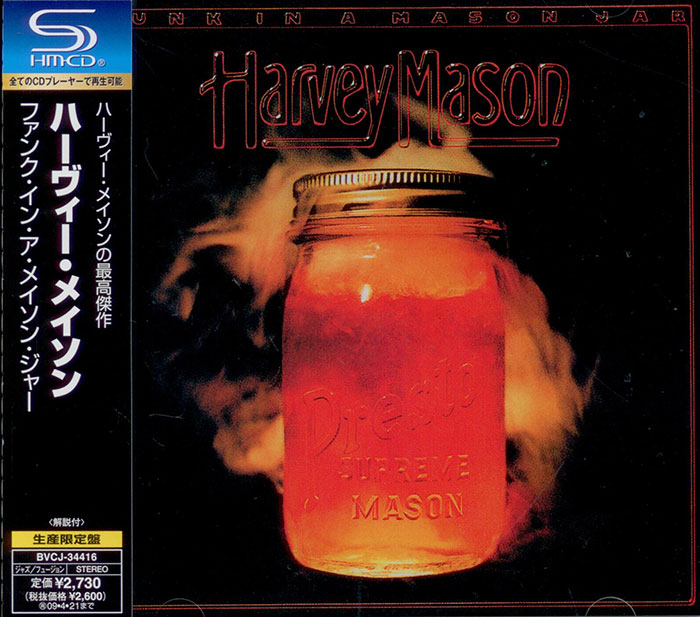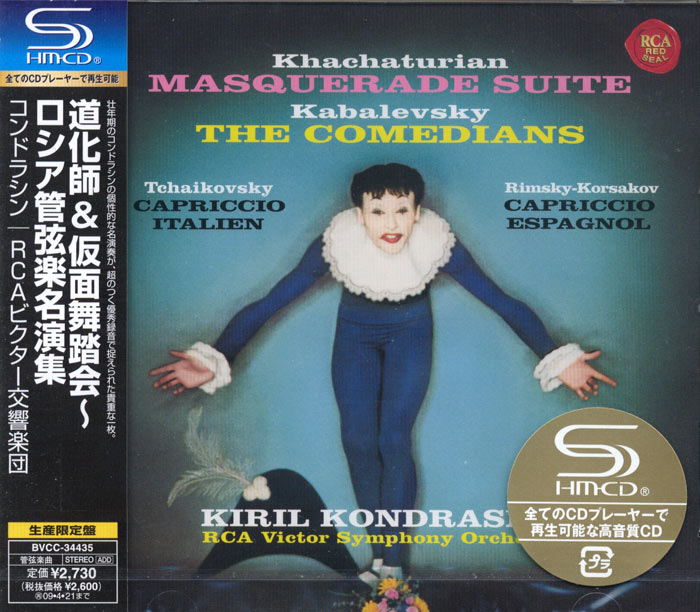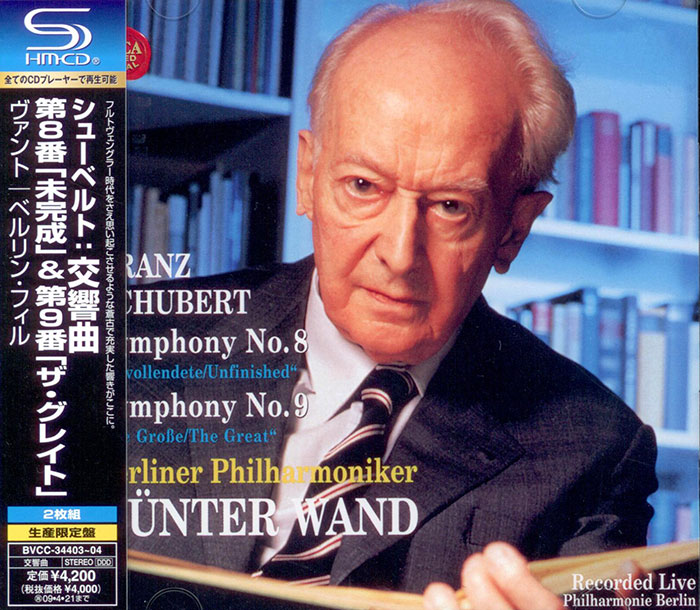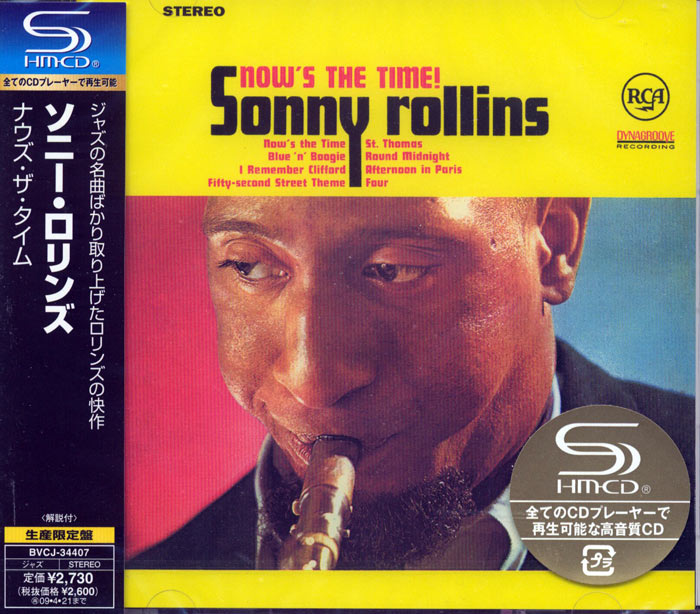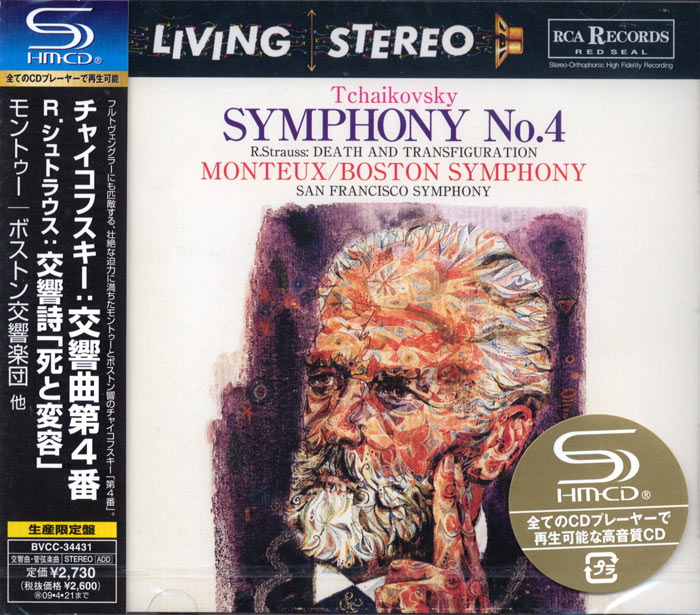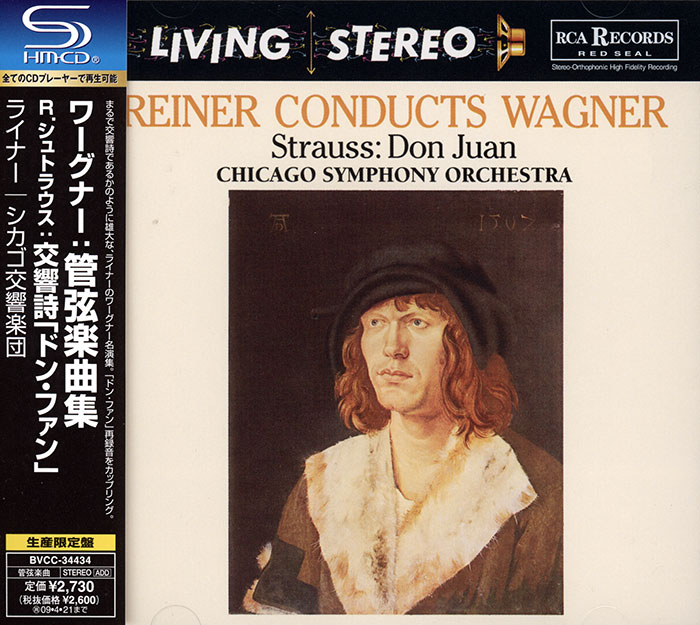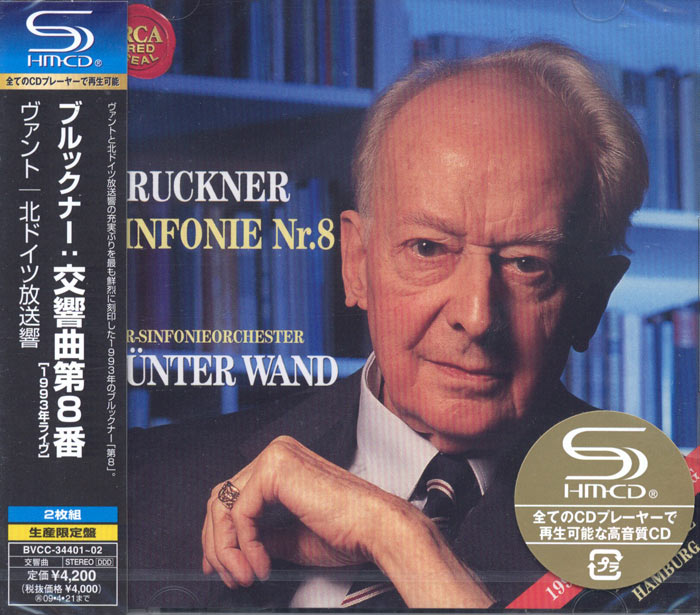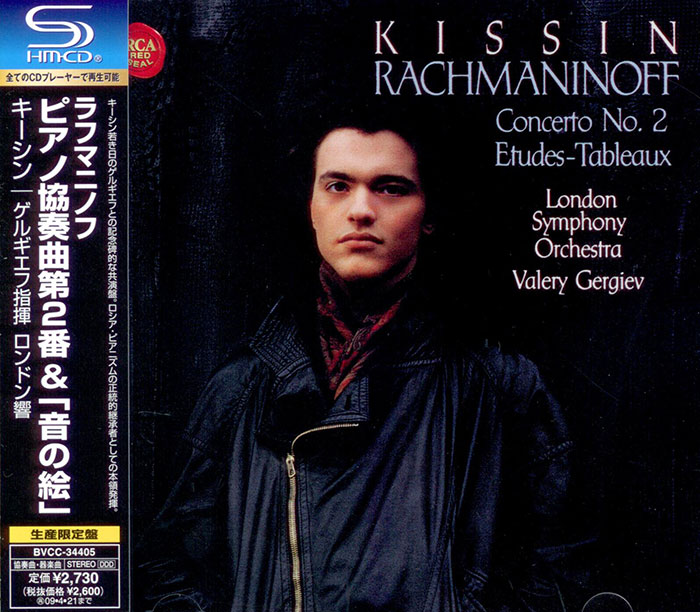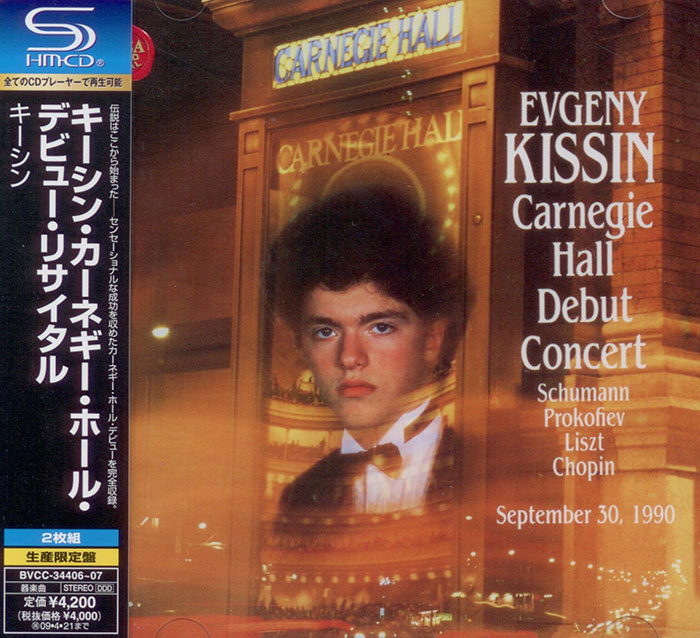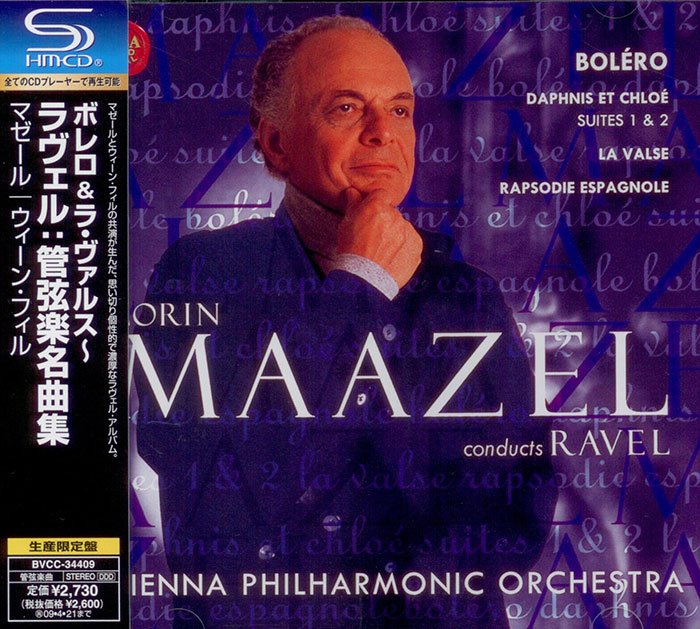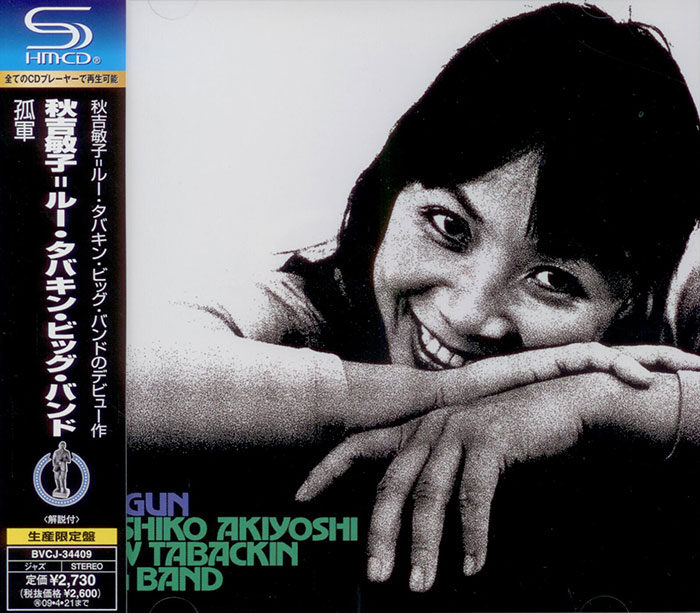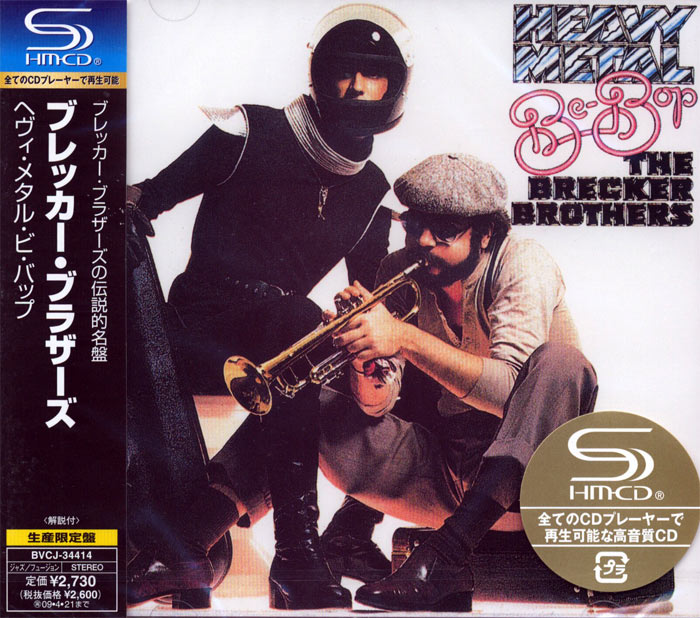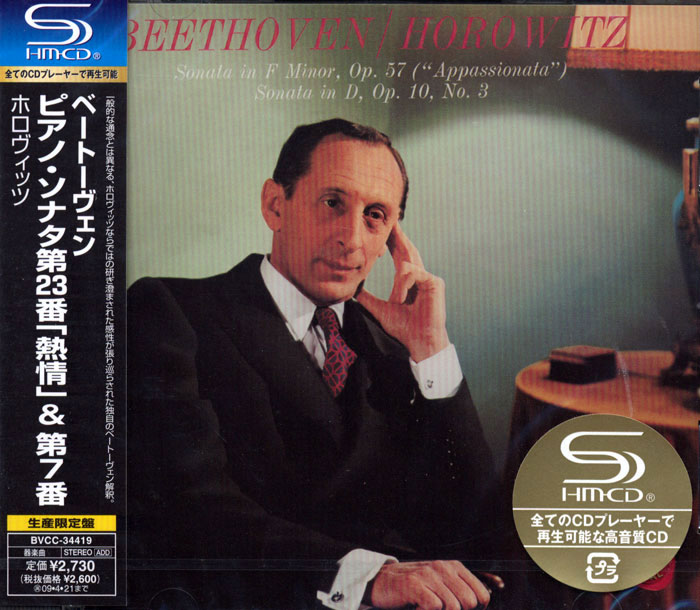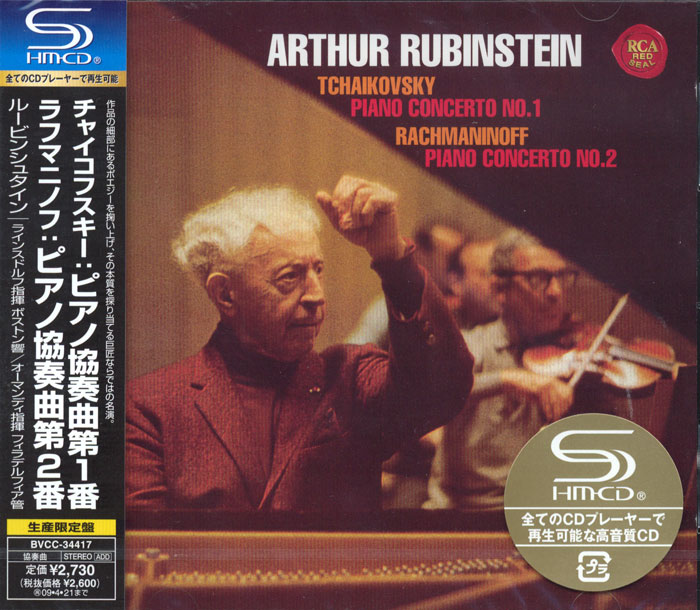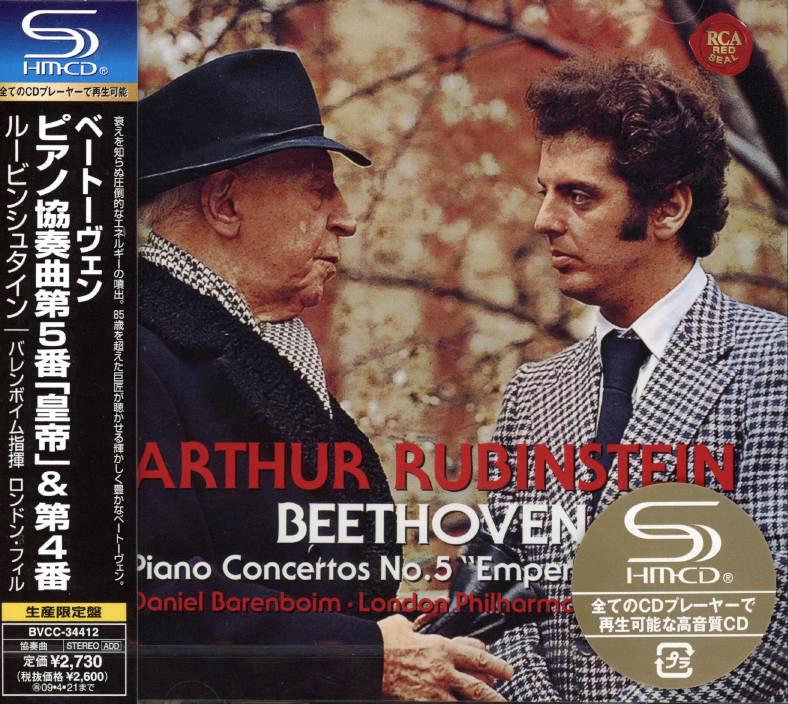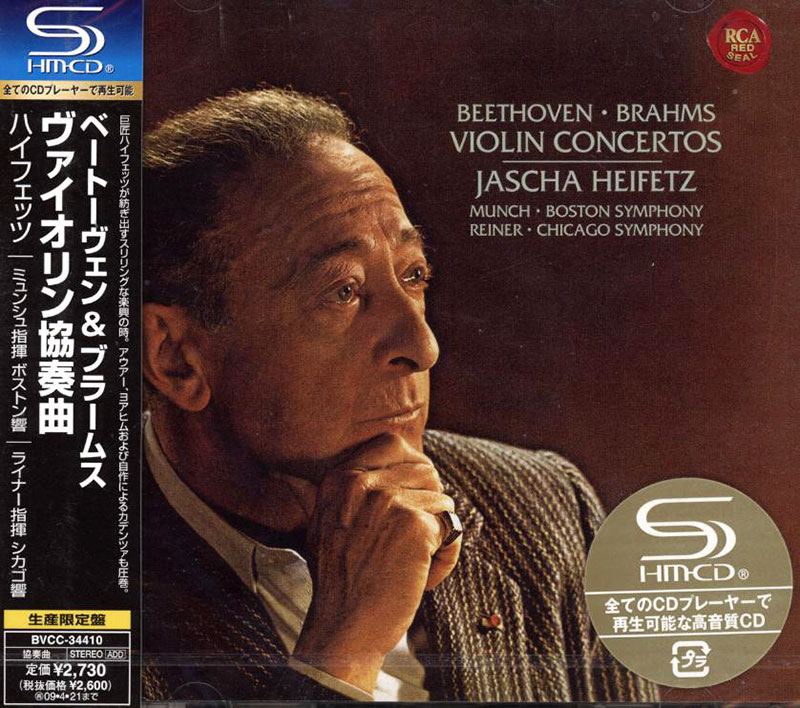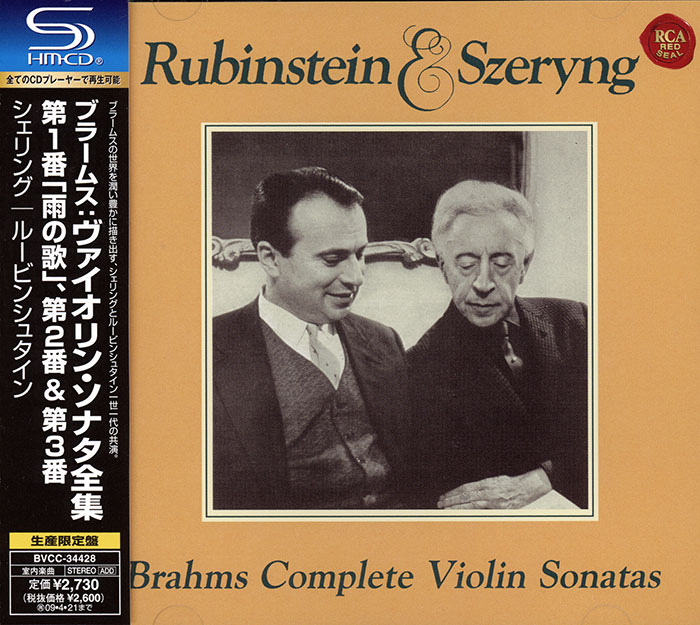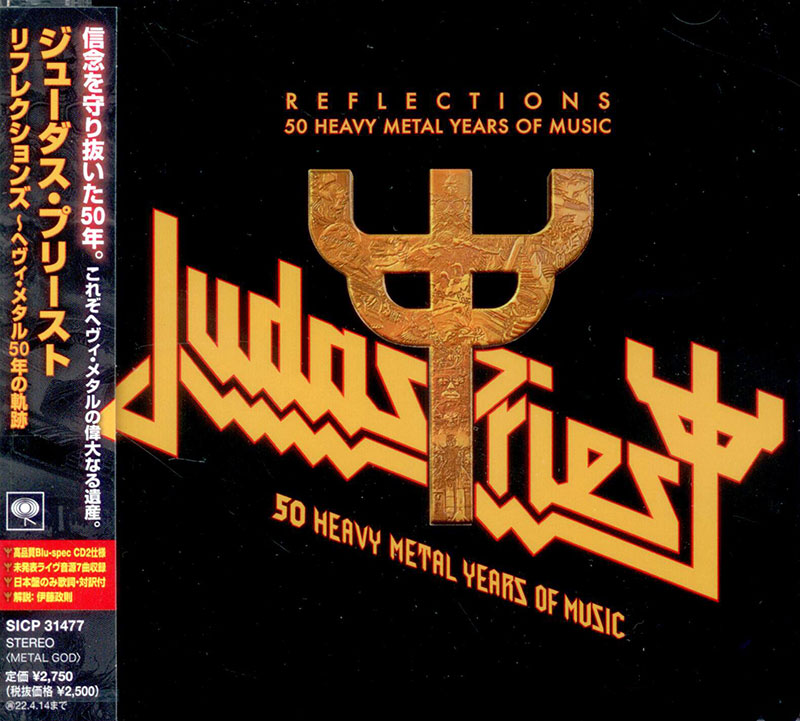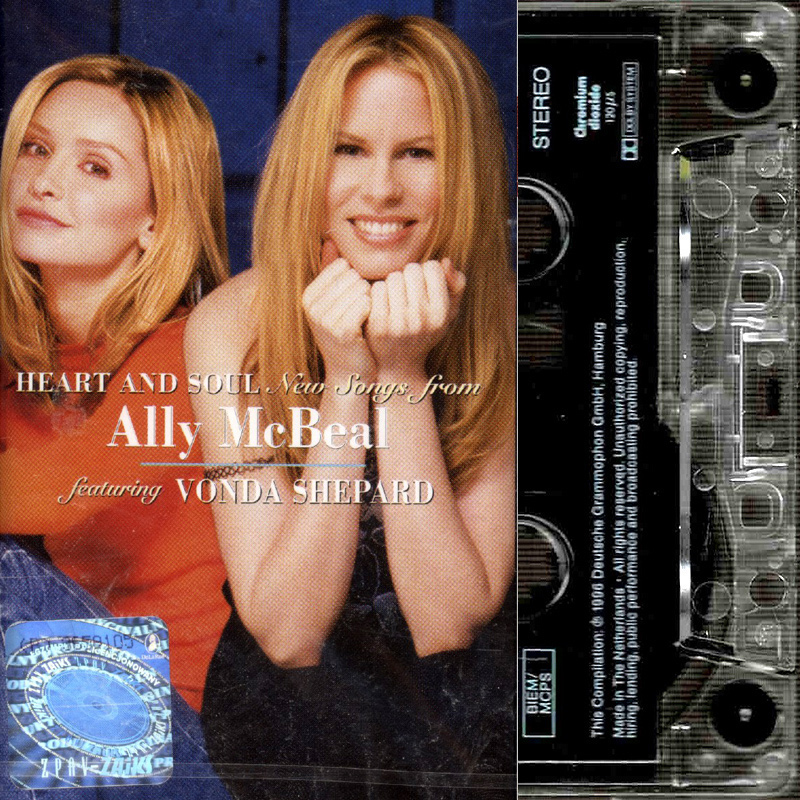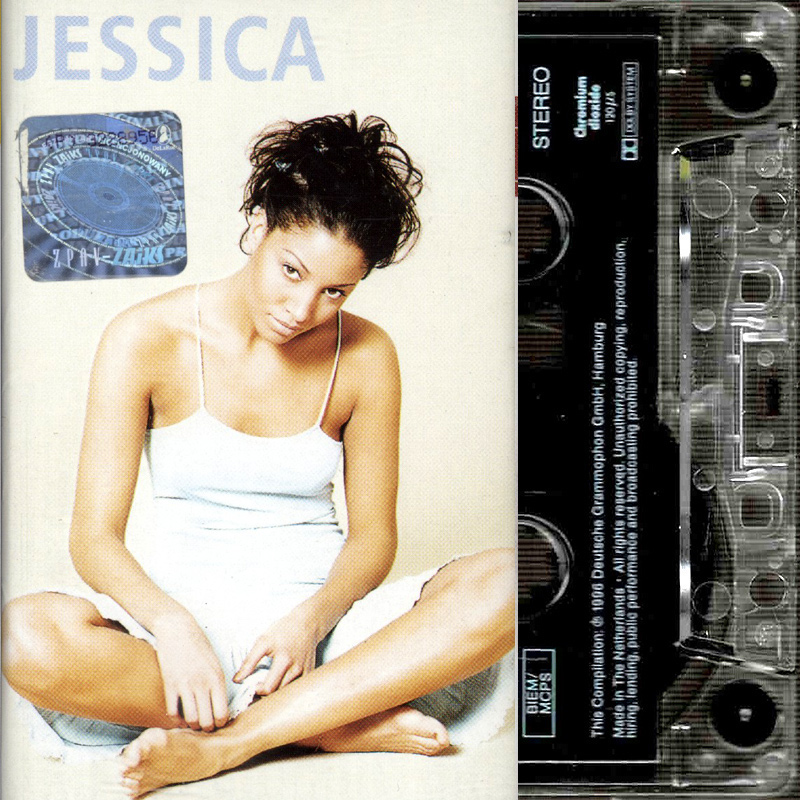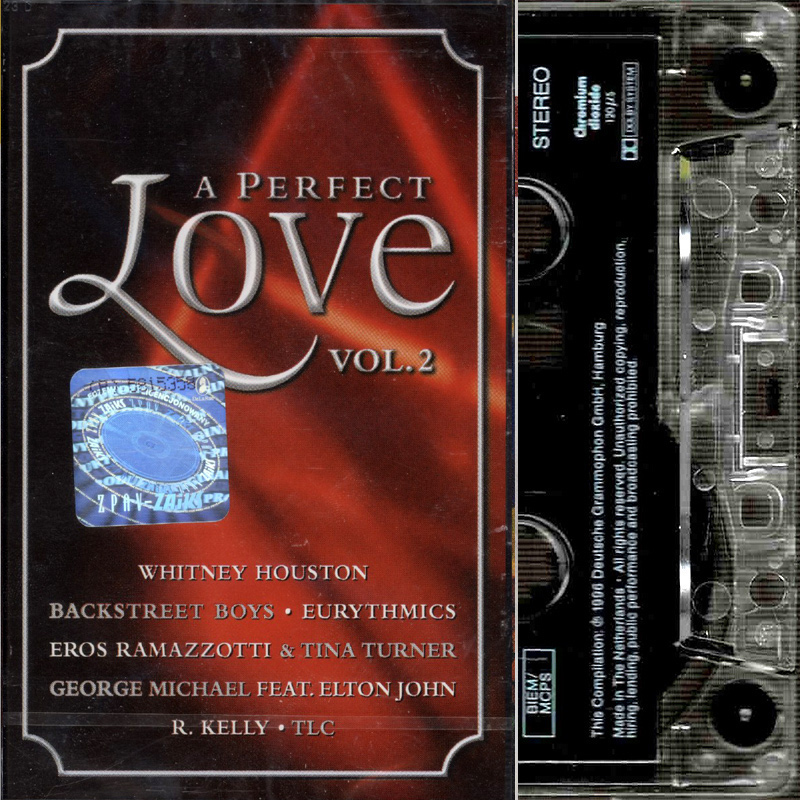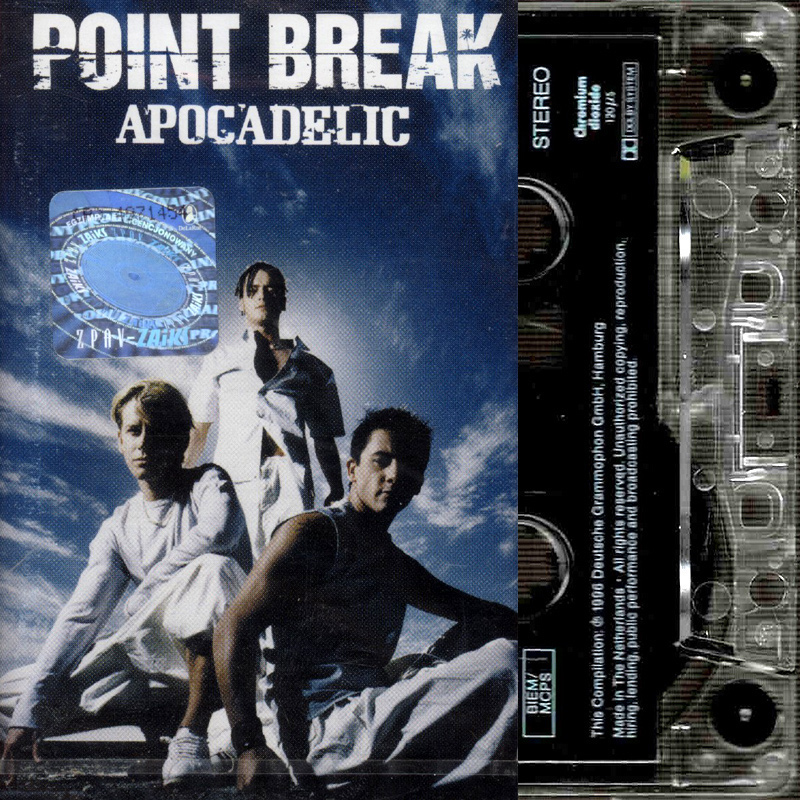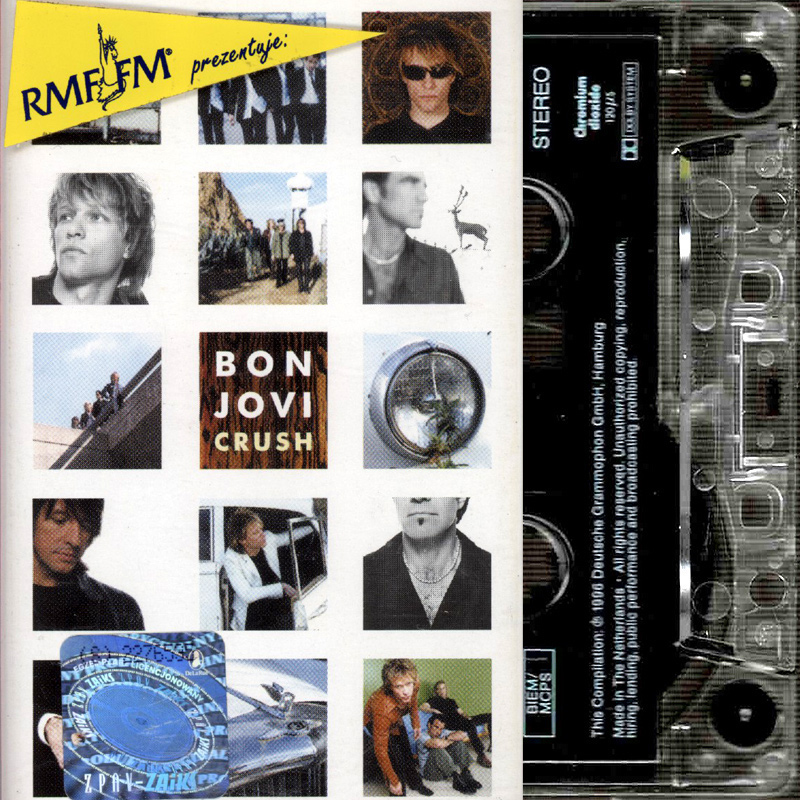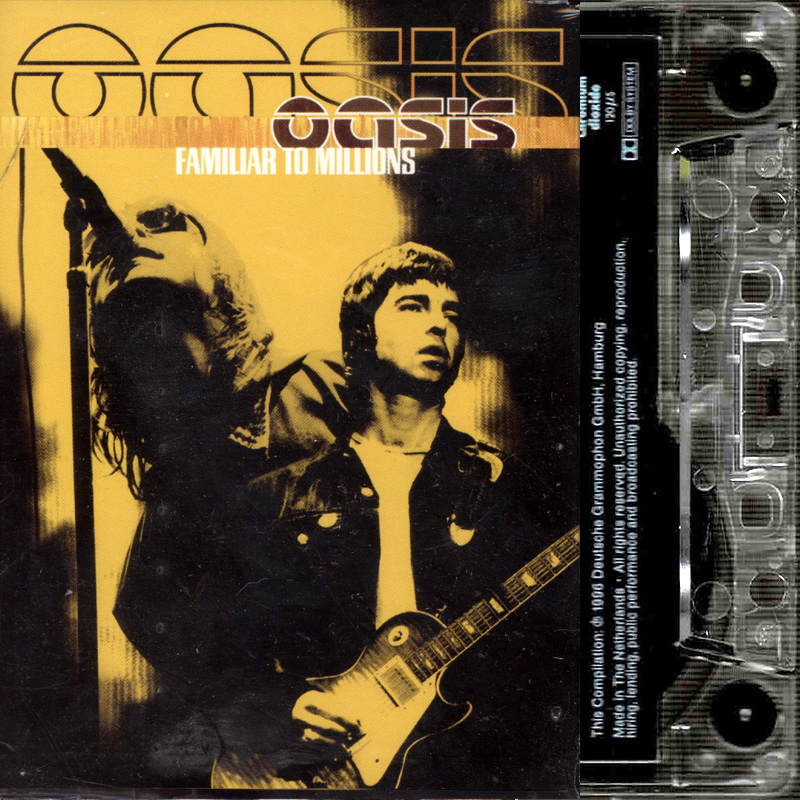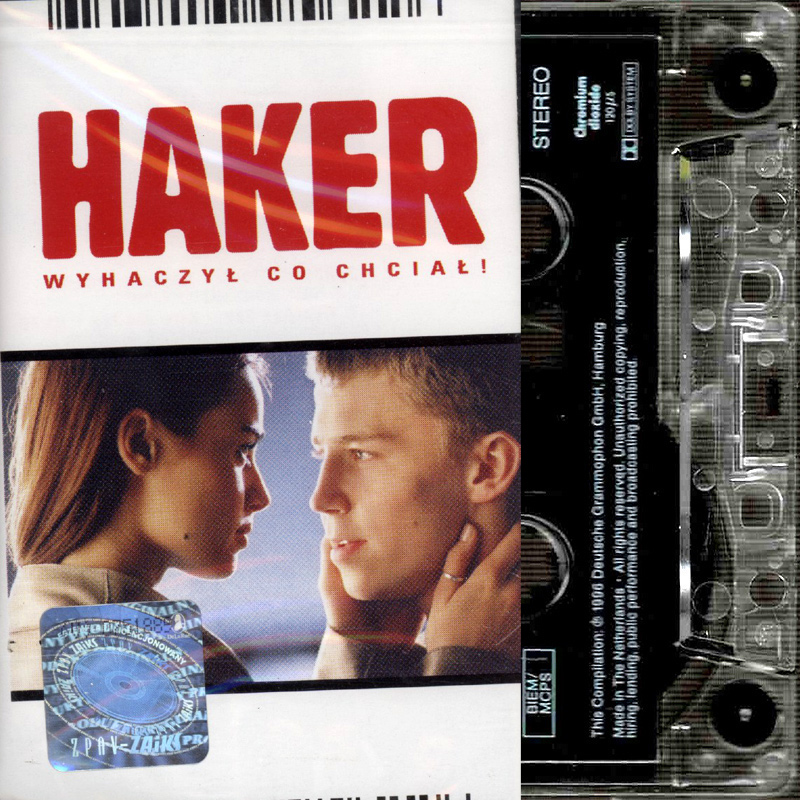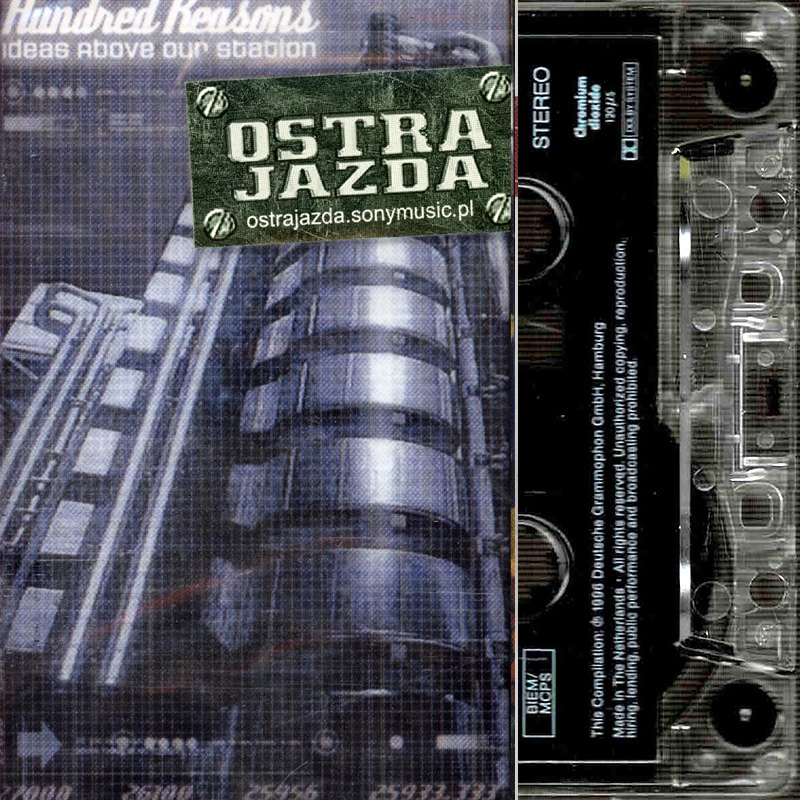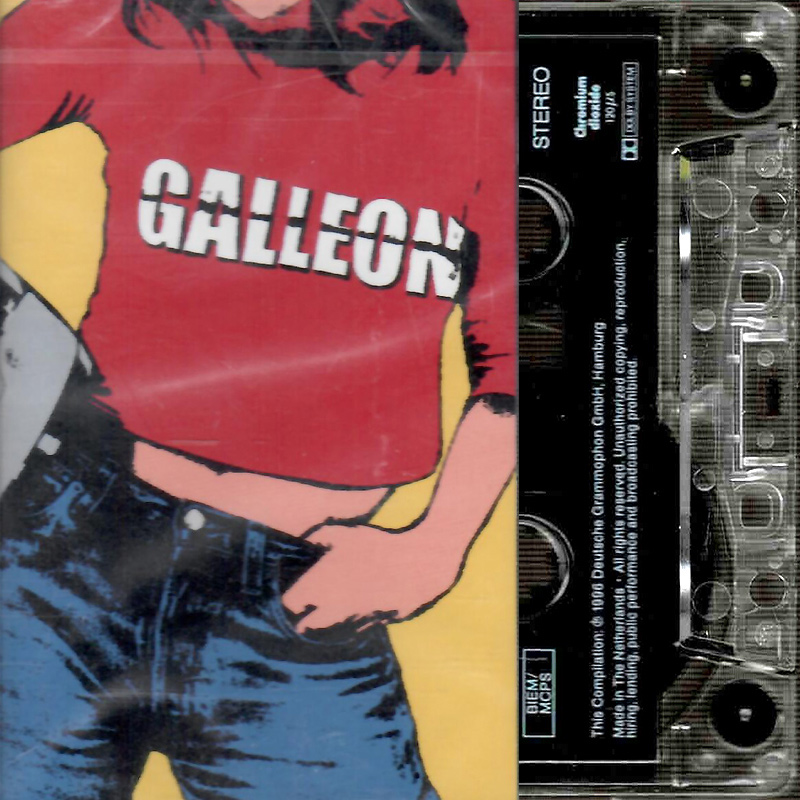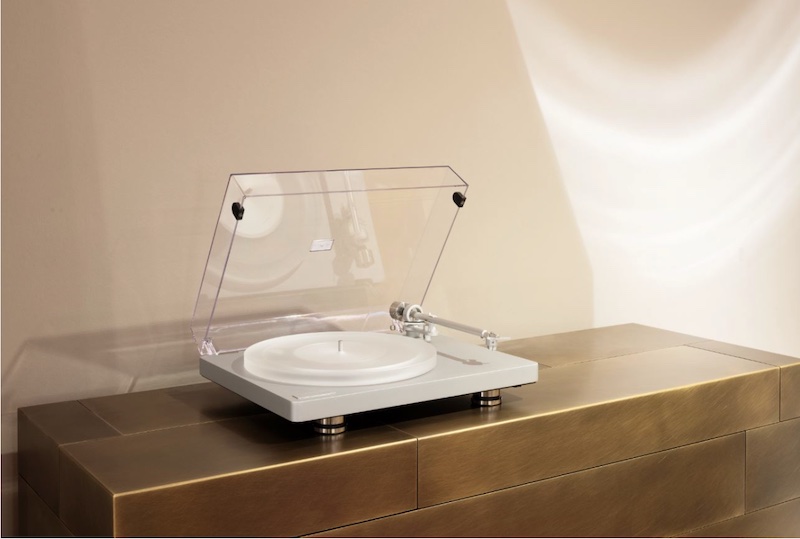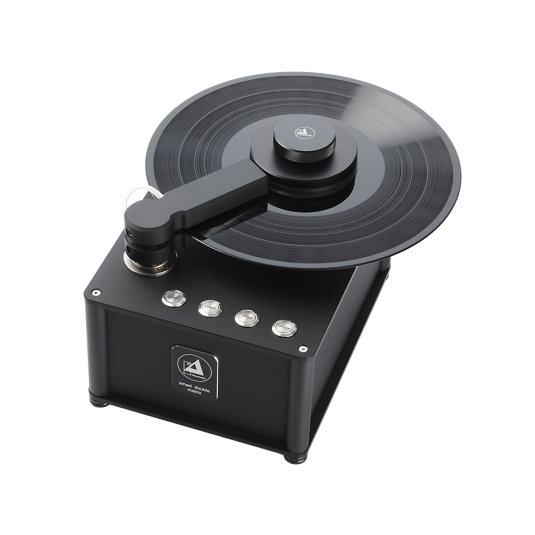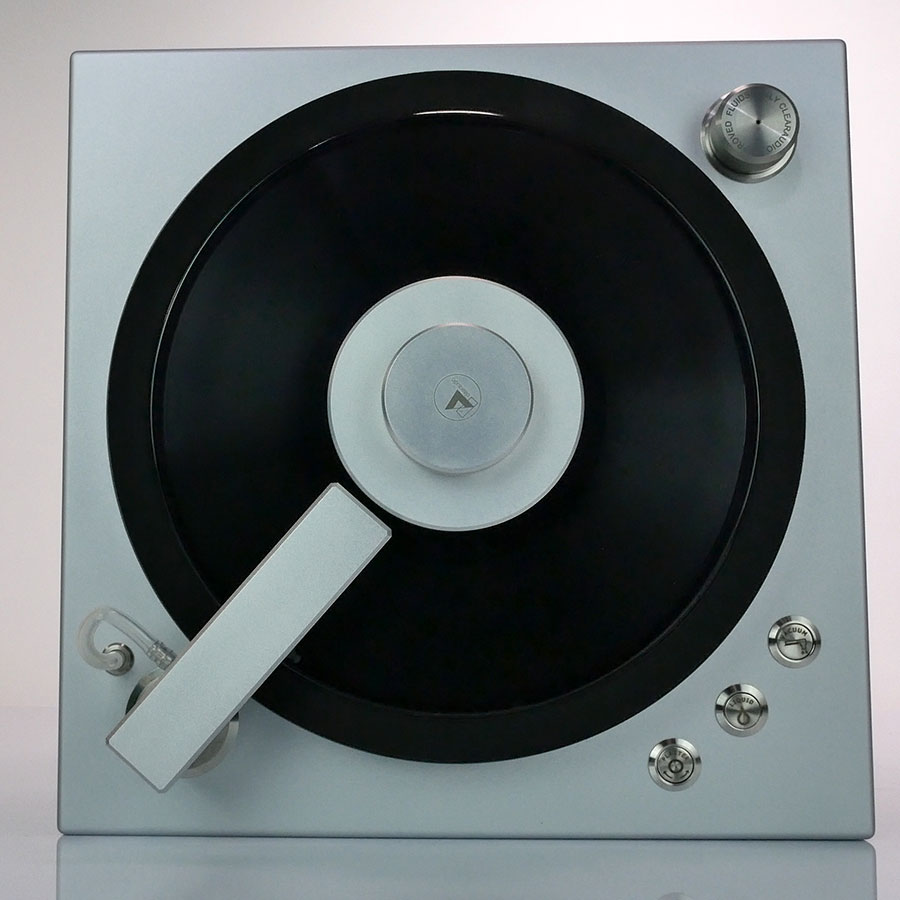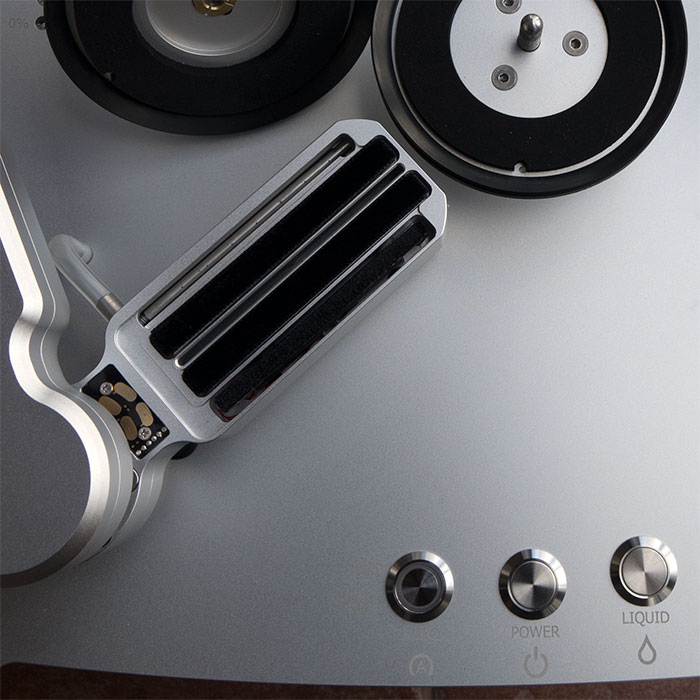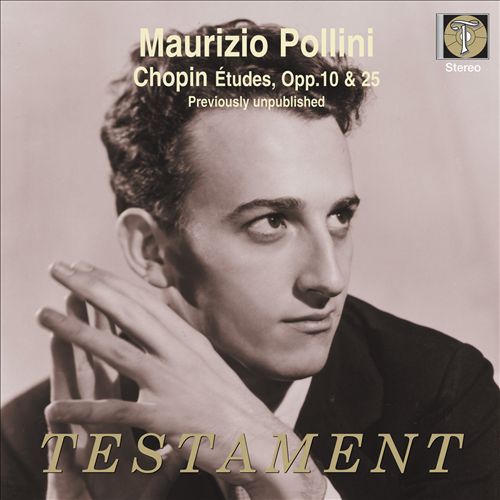Logowanie
Mikołaj - ten to ma gest!
SCHUMANN, PROKOFIEV, LISZT, CHOPIN, Evgeny Kissin
Carnegie Hall Debut Concert - September 30, 1990
Jeden z najbardziej spektakularnych debiutów ostatniego półwiecza!
BEETHOVEN, Valdimir Horowitz
Piano Sonata No. 23 in F Minor, Op. 57 APPASSIONATA // Piano Sonata No. 7 in D, Op. 10, No. 3
LIVING STEREO - NAJLEPSZE NAGRANIA W DZIEJACH FONOGRAFII!
TCHAIKOVSKY, RACHMANINOV, Arthur Rubinstein, Daniel Barenboim
Piano Concerto No. 1 in B-Flat Minor, Op. 23 // Piano Concerto No 2 in C Minor, Op. 18
24bit/92kHz Remastering from original source
Kasety magnetofonowe
Winylowy niezbędnik
Susan Wong
Best Selection - 16
High Resolution Audiophile Recording w masteringu EXTENDED HD i SACD Hybr
ClearAudio
Double Matrix Professional - Sonic
najbardziej inteligentna i skuteczna pralka do płyt winylowych wszelkiego typu - całkowicie automatyczna
CHOPIN, Maurizio Pollini
Etudes, Opp.10 & 25
wcześniej niepublikowane!
AllMusic Review by Patsy Morita [-] Shortly after 18-year-old Maurizio Pollini won the 1960 Chopin Competition, EMI gave him a contract and they recorded Chopin's Piano Concerto No. 1. Pollini then recorded the two sets of etudes, Op. 10 and Op. 25, that same year, but would not let EMI release the recording, partly because he did not want to be pigeonholed as an interpreter of just Chopin. Of course, he would later go on to record all of Chopin's music for Deutsche Grammophon with great acclaim, doing the etudes in 1972. In 2012, the Testament label remastered those original EMI tapes. The natural assumption is that the 1960 version is musically not as mature as the 1972 version, and that seems to be borne out in the slower tempo etudes. In these earlier versions, Pollini seems slightly more indulgent in the phrasing and use of rubato, but the effect is quite pleasant, not sappy. In fact, Etude No. 9 in 1972 is almost too intensely passionate in comparison to what it is here. Etude No. 8 is brisker, almost brusque, and Nos. 17 and 21 are more playful because his articulation is crisper than it would be in the later version. (Pollini did study with Arturo Benedetto Michelangeli -- another great interpreter of Chopin -- in the intervening years.) The other great difference between the two recordings is the sound quality. The EMI version, as remastered by Testament, is less resonant, much more intimate than the DG recording. The "Revolutionary" Etude (Op. 10/12) is, therefore, not as visceral or immediately felt -- although it, and the last two of Op. 25 also, isn't any less exciting -- but it makes Etudes Nos. 13-15 (the first three of Op. 25) sound sweeter. It's always interesting to compare the same works at different times in a performer's career, and in this case both are eminently recommendable and enjoyable for different reasons.
